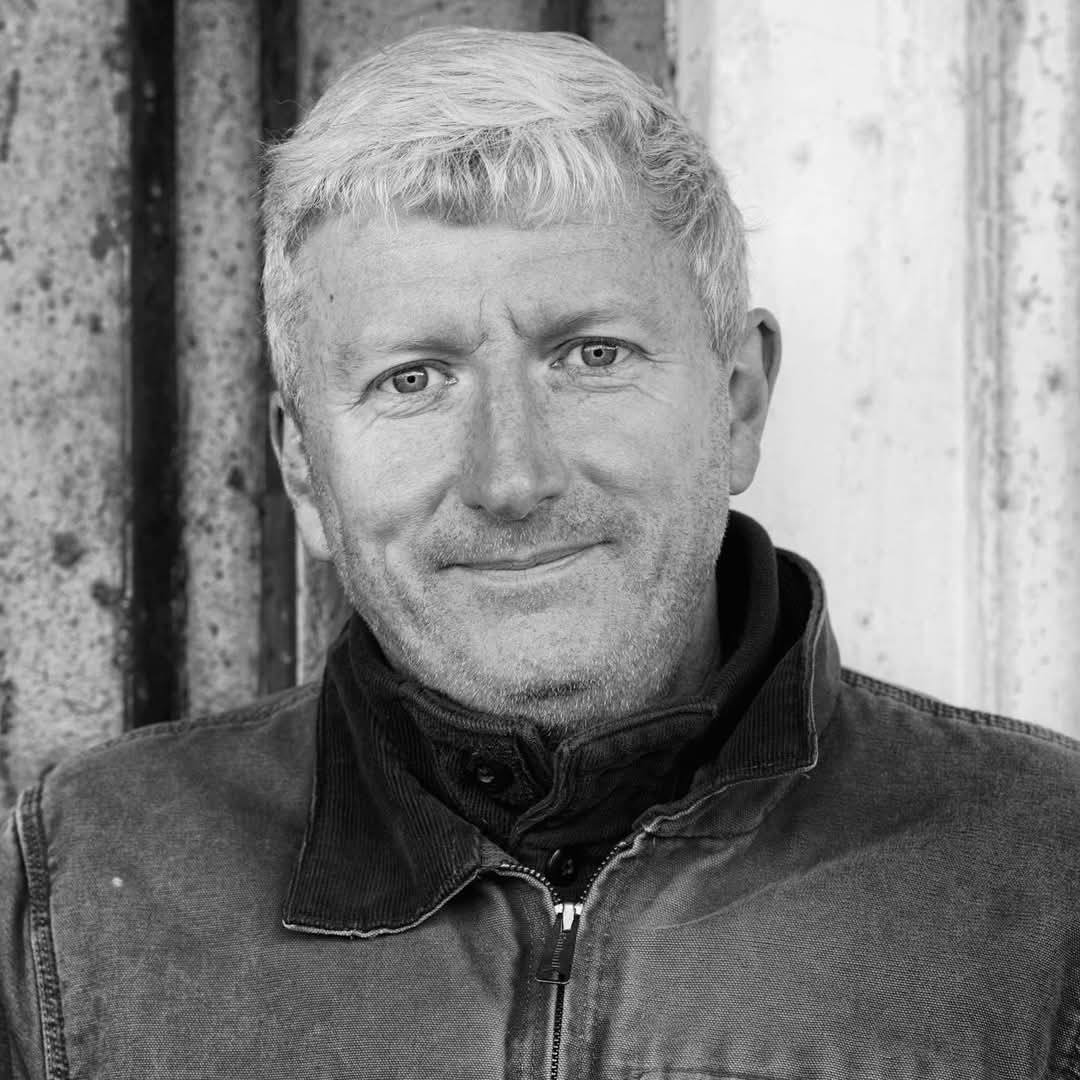'The regular Satanic sort of thing', 'an appurtenance of terror', or 'capillary decorations': The moustache still divides opinion
We can all agree that growing a moustache for charity is a good idea. But is it worth keeping afterwards? Harry Pearson looks to the past to find the answers.

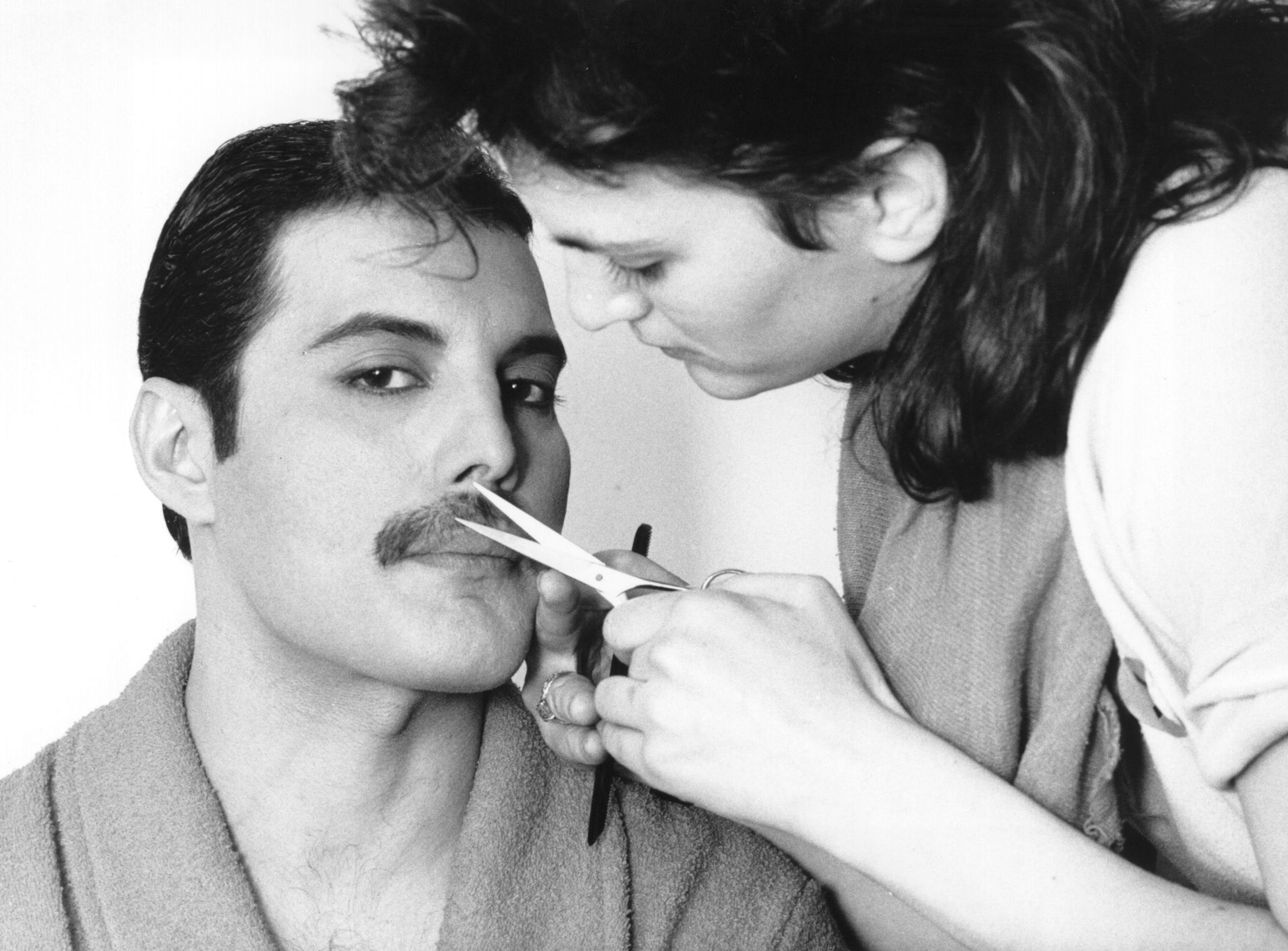
'There is no love without a moustache!’ declares Jeanne, the narrator of Guy de Maupassant’s short story The Moustache. Not everyone is quite so enamoured with what the 10th Earl and 1st Marquess of Dalhousie, Victorian governor-general of India, called ‘capillary decorations’. Much as it separates the mouth from the nose, so the moustache divides society.
For every person who shares the flirtatious French lady’s cooing sentiments, there are others who suffer a more refined version of pogonophobia (the fear of beards) — Reginald Jeeves, for example. When the valet catches sight of Bertie Wooster’s newly cultivated ‘delicate wisp of vegetation’ in Jeeves and the Feudal Spirit, he regards it with the cold and disapproving glare of a ‘fastidious luncher’ discovering a caterpillar in his salad. Despite Wooster’s protests that he will not allow his manservant to ‘edit my face as well as my costume’, Jeeves prevails and the ’tache goes the way of previous Wooster fashion faux pas, such as the Tyrolean hat.
Throughout history, the popularity of the decorated top lip has mimicked the moustache of the Duke of Dunstable in P. G. Wodehouse’s novel Uncle Fred in the Springtime, rising and falling ‘like seaweed on an ebb-tide’. The Pharaohs favoured them, the Romans repudiated them and the Celts cultivated them. England’s first great exponent was Edward the Black Prince, whose tomb at Canterbury Cathedral in Kent shows a splendid walrus moustache.
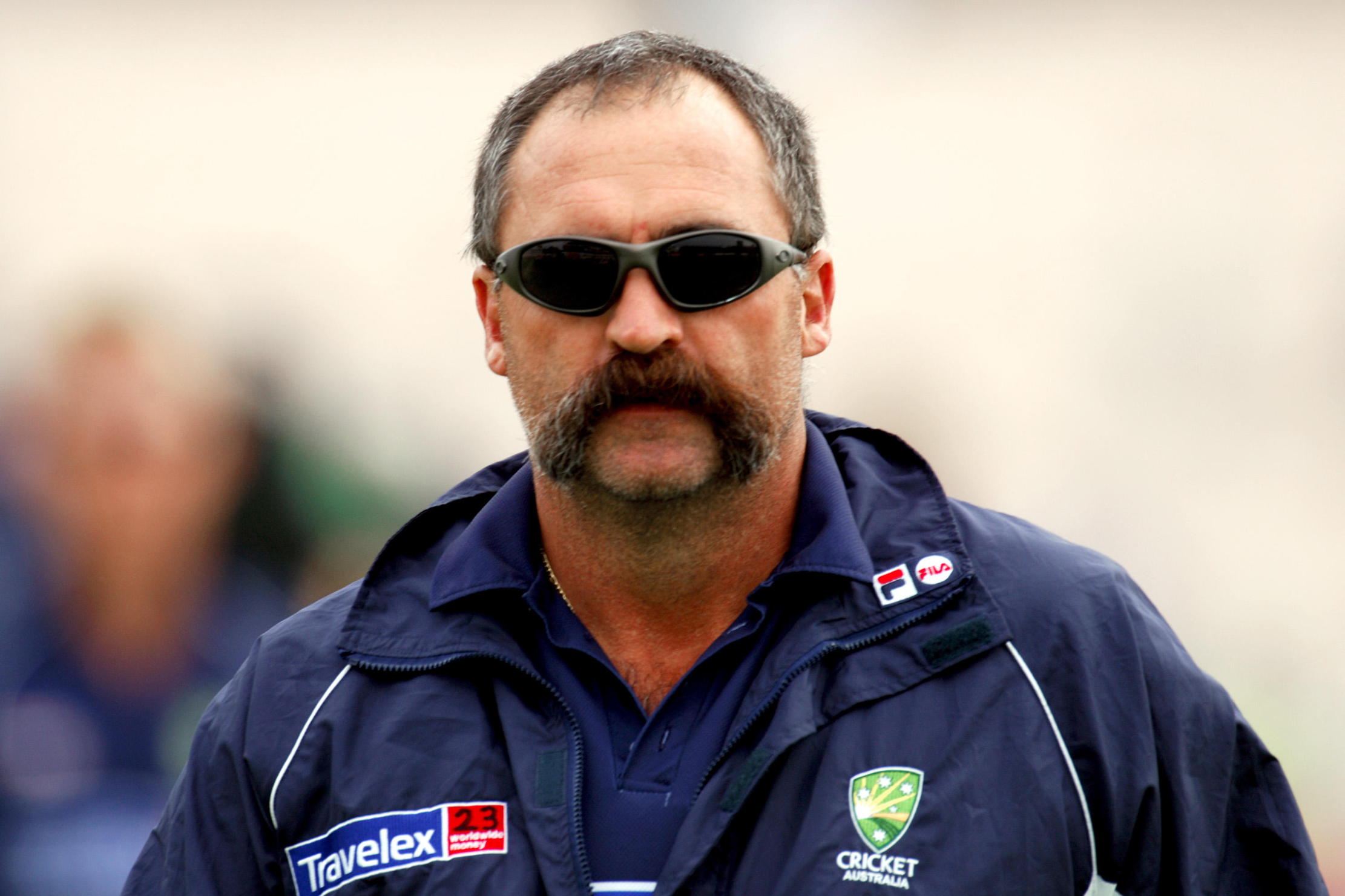
Other medieval monarchs were generally clean shaven. The Tudors were heavily bearded, but the moustache made a comeback with the arrival of the Stuarts. James I was very proud of his dapper ’tache and Charles I wore the neat beard and moustache combination known as the Van Dyck, in celebration of the Flemish artist who painted his portrait.
Oliver Cromwell also had a moustache, although it was less lavish than those of the monarch and his courtiers. Georgian men, whether they were generals such as the Duke of Wellington, poets such as John Keats or arbiters of male fashion — take Beau Brummell — were almost universally clean shaven. An exception was Lord Byron, whose late adoption of a serpentine moustache was — like his appropriation of Albanian costume — a symbol of his devotion to the cause of Greek Liberation.
It was Royal Consort Prince Albert and the British military who created what was to be the Golden Age of the Moustache. The military moustache had crept into England via the hussars of Hungary and the Indian troops of Tipu Sultan, ruler of Mysore, whose soldiers wore them as ‘an appurtenance of terror’ and mocked their clean-shaven British opponents for their lady-like faces. In response, British troops began to copy the enemy. In 1854, Lord Frederick FitzClarence, commander of the Bombay Army of the East India Company, made it compulsory for European soldiers to have moustaches. Lord Dalhousie disapproved, declaring that he hated to see the honest English soldier ‘made to look like a Frenchman’.
'Neville Chamberlain, champion of appeasement, had a moustache; Sir Winston Churchill did not'
The British Army, fresh from the ravages of the Crimean War, where the men’s adoption of moustaches gave them, in the eyes of facial-hair-loving Queen Victoria, the look of ‘Real fighting men’, followed suit. In 1860, command number 1695 of the British Army stated that ‘The chin and under lip will be shaved, but not the upper lip’. The heyday of the British military moustache had arrived. Heroes of the Victorian Age such as Field Marshal Frederick Sleigh Roberts (1st Earl Roberts); Field Marshal Garnet Wolseley (1st Viscount Wolseley); Maj-Gen Charles Gordon (Gordon of Khartoum); and Lt-Gen Robert Baden-Powell (1st Baron Baden-Powell) all showed them off to grand effect. Shaving away your moustache would be a court-martial offence for British troops until 1916, when the command was rescinded largely because they prevented gas masks from sealing properly.
Exquisite houses, the beauty of Nature, and how to get the most from your life, straight to your inbox.
Although the moustache was sported by many respectable Victorian men of letters, including Sir Arthur Conan Doyle and Rudyard Kipling (who kept his moustache in an immaculate condition, mindful of the young woman who had once told him kissing a man with an unwaxed moustache was ‘like eating an egg without salt’ — a distinctly off-putting image), it nevertheless became literary shorthand for caddishness. Capt Rawdon Crawley, the gambling chancer from William Makepeace Thackeray’s Vanity Fair, twirls his moustache to attract the attention of Becky Sharp. Charles Dickens’s evil con-man Montague Tigg is described in Martin Chuzzlewit as having a moustache that is ‘nothing in the meek and merciful way, but quite in the fierce and scornful style; the regular Satanic sort of thing’.
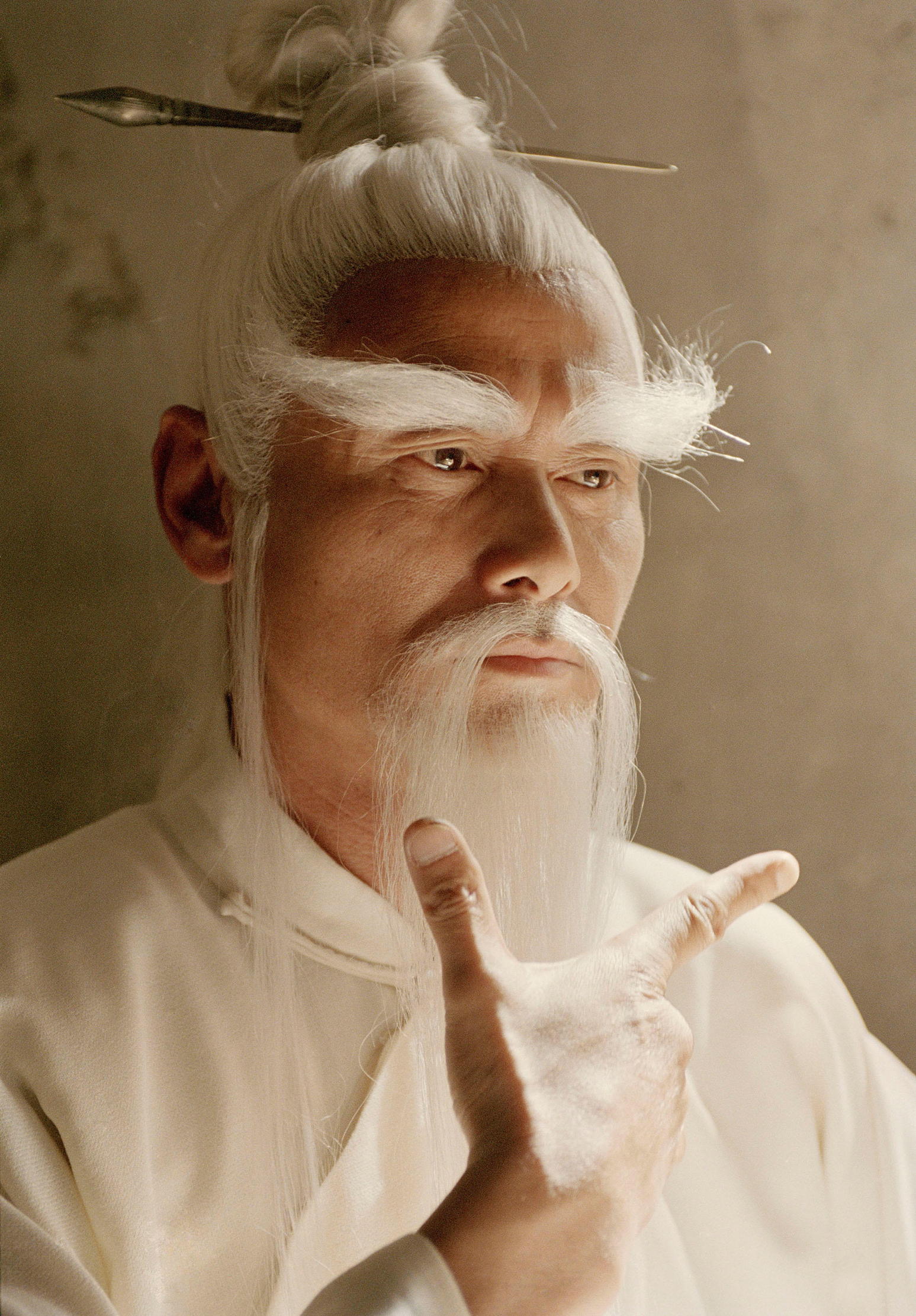
Meanwhile, those two cold-hearted seducers of country girls Sir Felix Carbury (from Anthony Trollope’s The Way We Live Now) and Alec D’Urberville (Thomas Hardy’s Tess of the D’Urbervilles) are both noted for their facial hair, the former having — in the eyes of one of his victims — a ‘lovely moustache’, the latter ‘a well-groomed black moustache with curled points’.
The moustache and the bounder continued to be entwined in the 20th century thanks to actors such as Leslie Phillips, Terry-Thomas and that archetypal silent-film villain Leo White, who only ever seemed to break off from stroking his moustache to evict a widowed mother or tie her to a railway line. Supervillains from Sax Rohmer’s Fu Manchu to Flash Gordon’s Ming the Merciless signalled their evil intent with drooping moustaches.
Not all fictional characters sporting facial decoration were on the side of bad, of course. Agatha Christie’s Hercule Poirot made his debut in 1920, in The Affair at Styles, with his moustache ‘very stiff and military’. That, at least, was the author’s perception of it. The dapper Belgian takes a more romantic view, telling Capt Hastings in Peril at End House, ‘If you must have a moustache, let it be a real moustache — a thing of beauty such as mine.’
Often, a distinctive moustache could establish a man’s public identity so strongly he was unrecognisable without it. Charlie Chaplin’s toothbrush ’tache was so much a part of his public persona that, without it — he wore a false one on screen — he could pass unnoticed in the street, even at the height of his fame. When the comedian entered a Californian Charlie Chaplin look-alike contest without his stick-on, he was amused, but not surprised to come last.
The ‘tickle of a moustache sends a little shiver through you that goes right to the tips of your toes’
To the Victorians, facial hair was not only seen as manly, but also as efficient. In 1861, the British Medical Journal poured scorn on the clean-shaven cheeks of Americans by suggesting that the US lost an aggregate of 36 million working days per year due to its shaving habit. Thanks to the study of bacteria by pioneers such as Joseph Lister, however, the tide gradually turned. Once an emblem of protective masculinity, the moustache now seemed a nest of disease, an unsanitary appendage like the dark walrus ’tache worn by Ignatius J. Reilly, the buffoonish anti-hero of John Kennedy Toole’s cult novel The Confederacy of Dunces, which is ‘filled with disapproval and potato chip crumbs’. The invention of cheap disposable razors by the ironically moustachioed King Camp Gillette in 1895 dealt a further blow.
Despite a 1930s vogue with matinee idols such as Clark Gable and Ronald Colman, the moustache fell out of favour in Britain during the Second World War, when its association with discipline and masculinity took a tumble. Neville Chamberlain, champion of appeasement, had a moustache; Sir Winston Churchill did not. By the 1960s, Sir Harold Macmillan’s seemed emblematic of a fading world. He was the last British Prime Minister to date to sport one. Not everybody took things so seriously. Former RAF pilot turned rambunctious comedic writer and actor Jimmy Edwards co-founded the Handlebar Club in 1947. The rules stated members must have ‘an hirsute appendage of the upper lip, with graspable extremities’. Founder members included comedy writer Frank Muir and BBC sports commentator Raymond Glendenning. Members still meet once a month in London — beards are banned.
In 2003, the moustache received a boost from the Movember movement, the invention of two Australian friends who were eager to unleash their inner Tom Sellecks (or perhaps Dennis Lillees — Australian cricketers have been great aficionados of facial hair). Growing a moustache for a charitable cause gave men around the globe a good reason — or, perhaps, an excuse — to see and feel what it would be like to have the top lip of Mark Twain, Freddie Mercury or David Niven. Meanwhile, their partners get to discover if, like de Maupassant’s Jeanne, the ‘tickle of a moustache sends a little shiver through you that goes right to the tips of your toes’.
Harry Pearson is a journalist and author
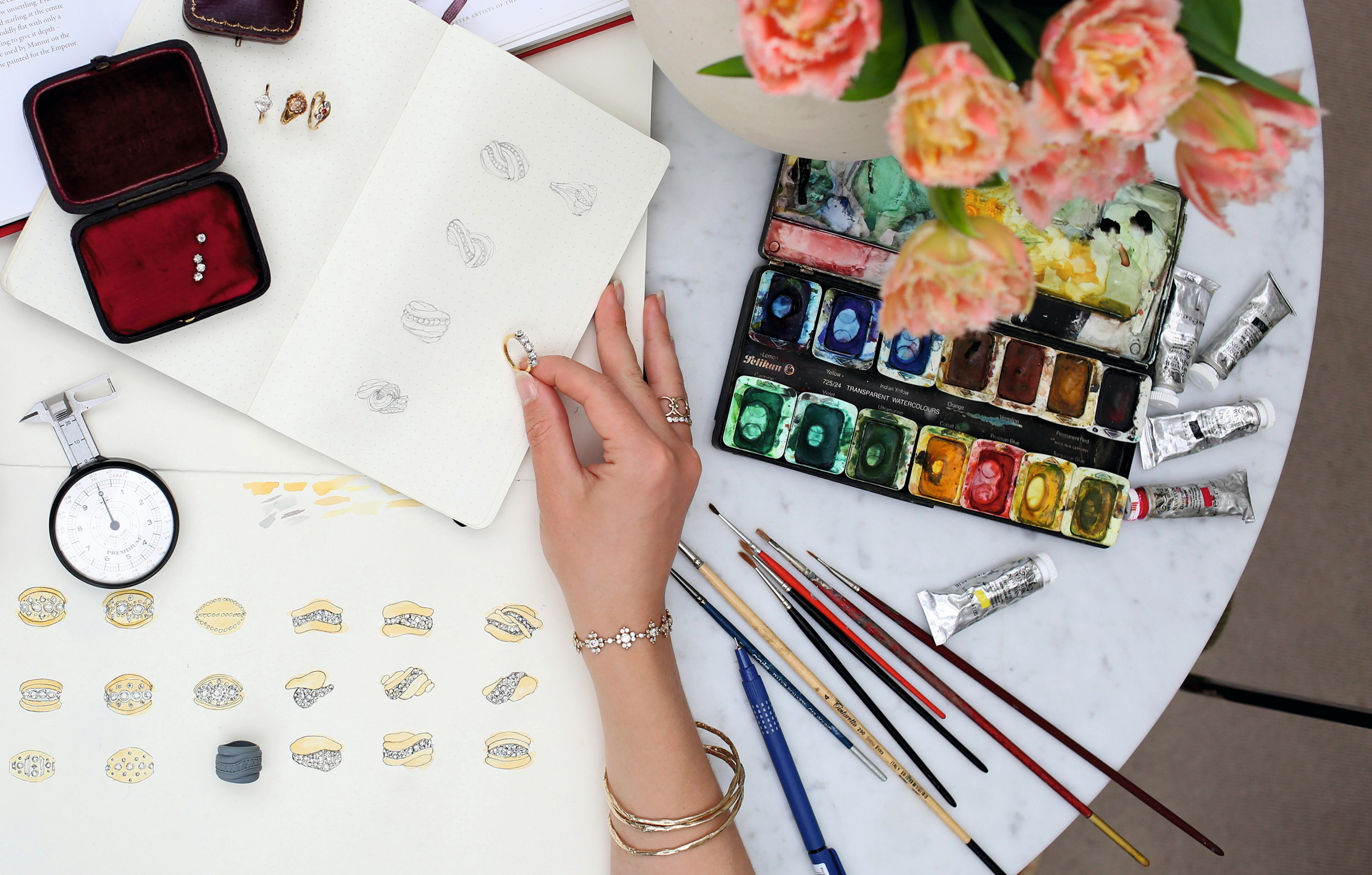
Old diamonds, new tricks: Why it's worth reworking unwanted jewellery into something you'll love
Diamonds are meant to sparkle in candlelight, but many now gather dust in jewellery boxes. To wear them today, we
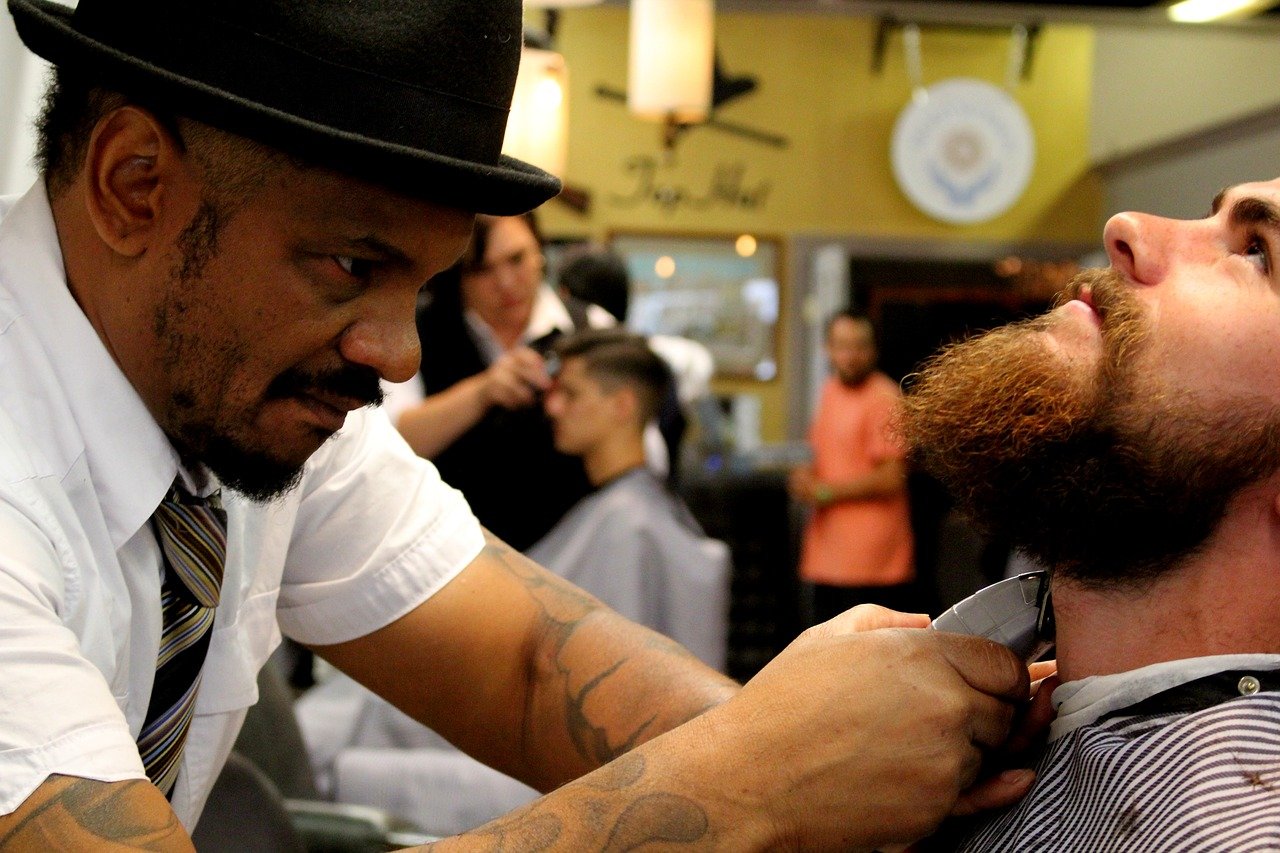
Credit: Booksy
A close shave — has the beard finally had its day?
Harry Pearson is a journalist and author who has twice won the MCC/Cricket Society Book of the Year Prize and has been runner-up for both the William Hill Sports Book of the Year and Thomas Cook/Daily Telegraph Travel Book of the Year.
